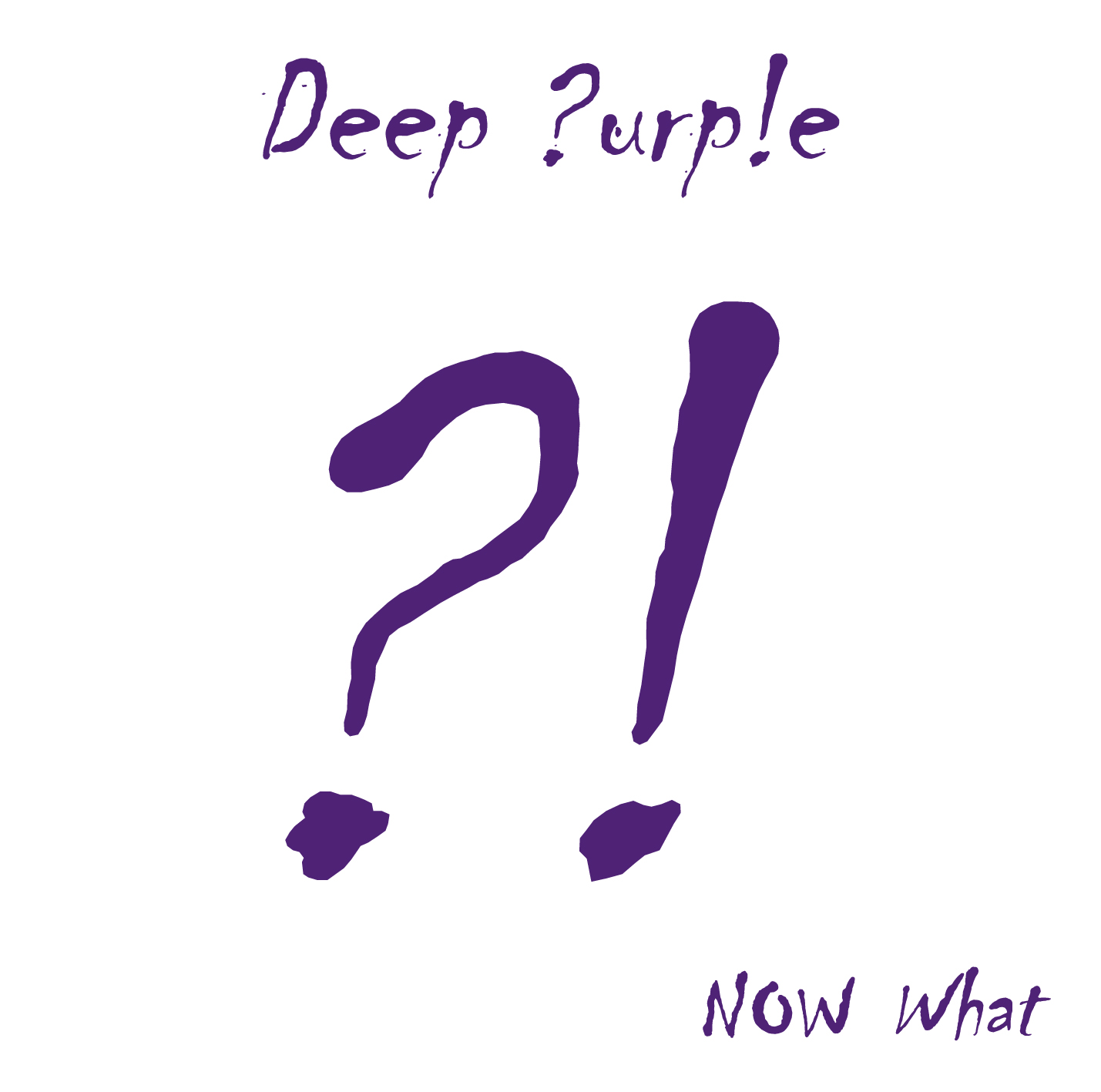
Steve Morse talks Deep Purple's new album, Now What?!, track-by-track
To prepare for the recording of their new album, Now What?!, their first set of original material since 2005's Rapture Of The Deep, the members of Deep Purple (vocalist Ian Gillan, guitarist Steve Morse, bassist Roger Glover, drummer Ian Paice and keyboardist Don Airey) held three writing sessions – in Spain, Germany and England – last year that yielded, according to Morse, an overabundance of material.
"I guess you can never have too many good songs," says Morse, "but by the end, we had so much stuff that I was begging everyone, ‘Let’s just record. We’ve got too many songs. I can’t remember everything, and if we keep writing, I’m going to start repeating myself.’ It was great when Bob finally came in and waded through everything."
That would be veteran producer Bob Ezrin, who came to the band via a suggestion from the group's booking agent. Morse had worked with Ezrin years earlier on Kansas' 1988 album, In The Spirit Of Things. The guitarist laughs when he says that he would have brought up Ezrin's name, noting that if he did, the band might have gone for somebody else. "It's funny how that works sometimes," he says. "This way, because it wasn't my suggestion, I could go, "‘Oh, Bob Ezrin? Yeah, he’s great!’"
Morse calls Ezrin a "direct, pull-no-punches kind of guy in the studio," and he gives the producer high marks for his sonic and arrangement sensibilities. "Bob's forte is knowing how to collect all of our ideas to make them work as songs," he says. "He also had a clear vision that this album should sound like Deep Purple live in concert. Each track has a real fresh energy, and Bob was instrumental in capturing the best from us."
Morse cut most of his solos live but punched in some "repairs" when the rest of the band was taking a break. Some solos were comps of as many as three different passes. "I’d give Bob a few different choices," he says. "That way he could pick parts and figure out what worked best."
The virtuoso axeman relied on two guitars for the album, his Music Man four-pickup Steve Morse signature model and his Music Man Steve Morse Y2D, but he also employed Ezrin's treasured Les Paul Goldtop for some textures. "Bob has a superstition that every record he does has to feature that guitar in some way," Morse says with a laugh. "It sounded good, just as a little spice.”
Deep Purple's Now What?! will be available starting 26 April (it can be ordered at this site). On the following pages, Steve Morse runs down the recording of the album track-by-track.
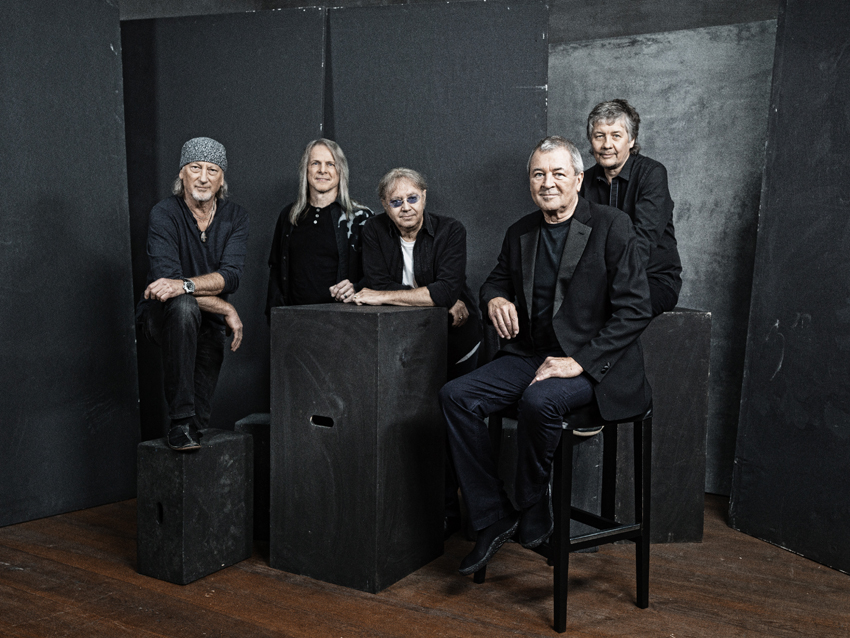
A Simple Song
“This was Rog playing a dyad riff on the bass. We had a lot of variations on that part. Whenever anybody brings in an idea, they have to be prepared that it’s going to change. But this thing of Roger’s was simple and elegant enough that we pretty much wanted to leave it as was.
“I made a little melody, and Ian worked up what he was going to do vocally. It is what the title says it is: a simple song. No big guitar solo. It didn’t need it.”
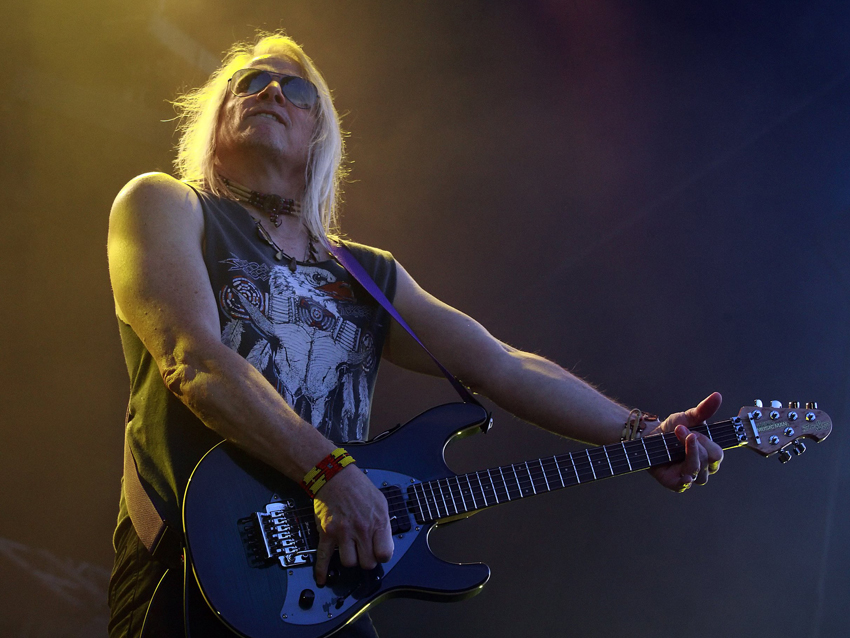
Weirdistan
“This one came about from us jamming. Don tends to go for some strange Phrygian riffs. On our last album, Rapture Of The Deep, we had some pretty interesting examples of that. We pushed and pulled with what Don had, and I tried to influence things. I tell Don all the time, ‘You’re a genius. The only time that you’re wrong is when you disagree with me!’ [Laughs]
“Along the way, Roger and Ian were commenting on what we should do – or not do. It gets to be a flurry of ideas sometimes, as it was here Everything is considered until we figure out what works best.
“My solo probably reflects what Bob was looking for. He and Roger always tell me to “just play something good” – as opposed to what I would normally do [laughs]. Style can be the repetition of certain things, and I do recall them asking me to phrase things a little differently in this solo. So this is a compromise – me playing what I want and them pushing me here and there. I want them to give me that input, actually.”
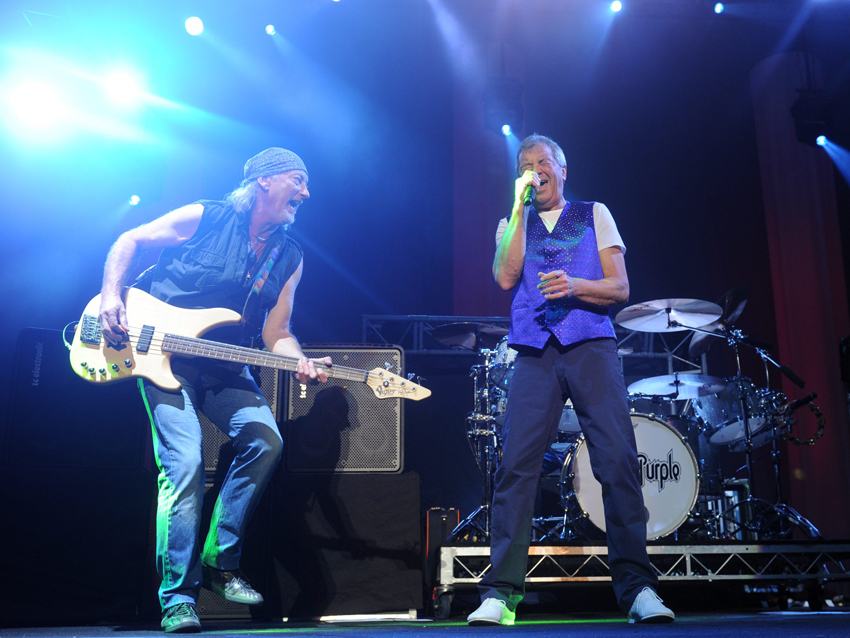
Out Of Hand
“I might have been influenced by Led Zeppelin on this song. I just love the simple, chugging riff with those syncopations – that’s something Jimmy Page might have come up with.
“The nice thing about the tune is that it has a really nice pre-chorus and a chorus. I like that kind of setup a lot. Sometimes when you do a pre-chorus, it feels like forever till you get to the hook. Here it works. They blend well together.
“The solo was comped; half of it is the original take. Basically, I’m trying to not get yelled at by Roger. [Laughs] He’s there telling me to relax and play. Some parts got cut out – me playing fast. When I listened to the comp the first time, it sounded like too many parts stuck together, so I was able to go in and smooth some things out.
“It’s a bit bluesy, the solo. In that regard, I was influenced by the British guys – Clapton and Jeff Beck and Page. They interpreted the blues, which started out in America. When I was younger, I didn’t get straight-up blues. As you grow older, you can understand it more and where it all came from.”
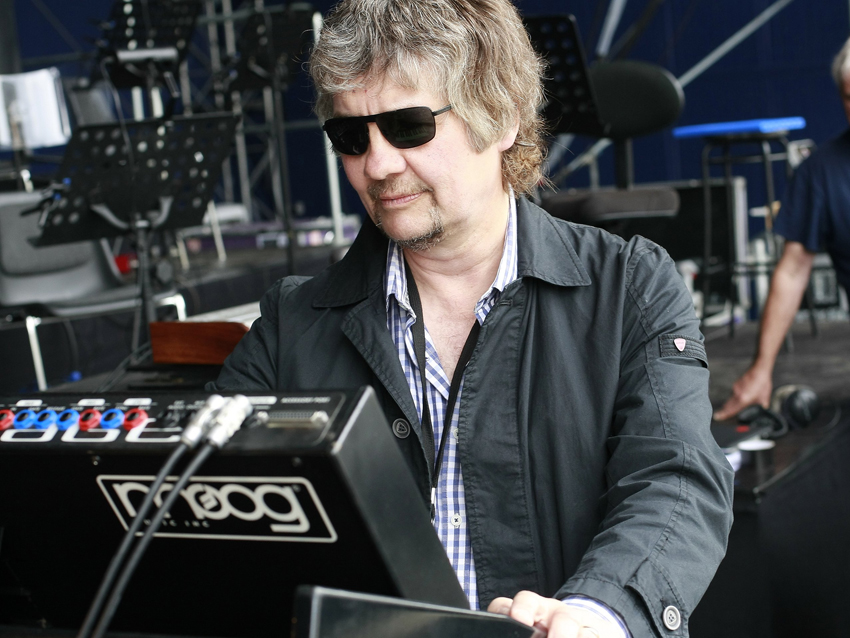
Hell To Pay
“A lot of times, Ian Paice will say that we need something huge, a song with this tempo and feel. All somebody has to do is suggest key, tempo, mood, feel, and I guarantee that I’ll have some possibilities within a few seconds.
“This song came about during our Spain writing session. That main repetitive organ riff is something Don really loved, so we used it. It’s almost a very simple, stock guitar riff until it goes up a step to the B section. The chorus is kind of a group-yelling thing [laughs], which I don’t think we envisioned, but it just turned out that way. Bob pushes for things like this. He’s something of a behind-the-scenes writer.
“Don worked with Randy Rhoads a lot, and I think I had Randy in the back of my mind during the solo, in the ending part, where I got it steady enough to where I could double-track it. It goes from a spur-of-the-moment thing to a bit that’s more constructed. Randy seemed to play in that way.”
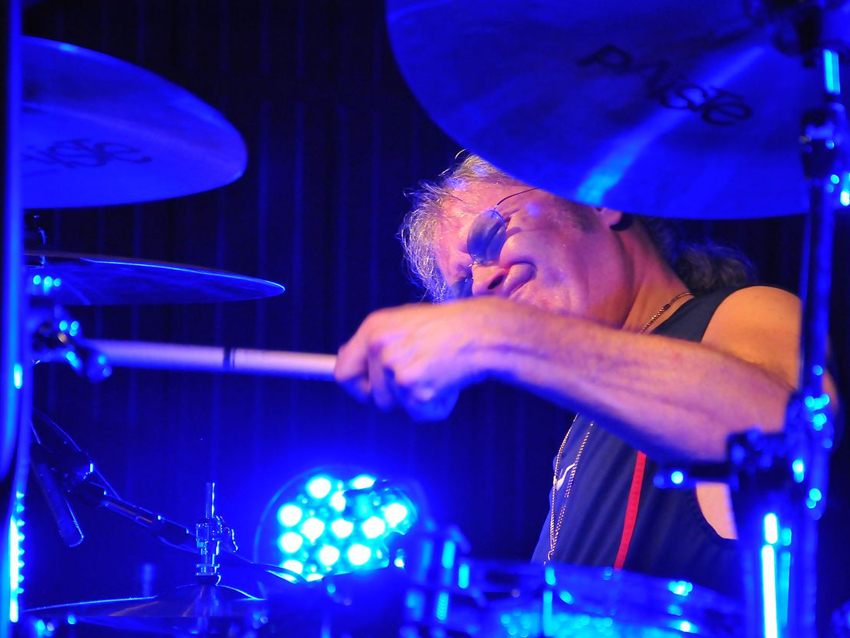
Body Line
“The main riff was something that I came up with. I meant for it to be with horns, but we ended up just keeping it with the band. I initially imagined a Stevie Wonder horn section doing that swinging line, but it feels great no matter what. I thought it might be too jazzy at first, but Ian Paice fell right into it, and Rog eventually got a comfortable bassline. We all love music that swings.
“I have to hand it to Ian Paice here. You might not think that a rock drummer would go for this kind of feel, but he gets into swampy, slinky, funky stuff and can play it beautifully. For me, when I play rhythm, it’s a lot of fun. Finding which parts to accentuate and which to leave out is so cool.
“Don has incredible ears, so he tried a few different parts. We jammed on it, with him looking for spaces to let me do something and me doing the same. It’s a great give-and-take going on.
“The solo is kind of swingy, too. I cut it live and then redid it at home in my studio. As I usually do, I gave Bob three versions to pick from and work with. I know that he usually won’t like my first pass.” [Laughs]

Above And Beyond
“I thought it would be great to do something symphonic. This was me saying, ‘Let me steer the music.’ The tempo almost matched what I had on the demo, which is great – that doesn’t usually happen. I put down a MIDI demo for a beat, sort of a fake drummer. Ian took that and made it work a lot better. He made it sound more natural, but he kept the weird backbeats on the snare – that’s not predictable.
“Roger did what I imagined and hoped that he would do. Everybody contributed in some very creative ways. There’s a lot of layers. I did six or eight guitars on verses, and Bob used all of it. I thought, at first, that the guitars might be seen and not heard, but he went for the whole thing. I do a little solo at the end, very subtle. It’s not a very soloing song.”

Blood From A Stone
“Our dreamy one. It was one of our simple jams, kind of Hendrixy. I thought there wasn’t enough there to make a song, but sometimes you have to think simpler when you’re working on a foundation for other people to build on. The band wanted to work on it, and my idea is to give them what they need to get to a particular place, so I tried to keep it from going too crazy.
“There’s some great Wurlitzer keyboard things that Don is playing. The song is a little like Riders On The Storm, so that kind of approach fit. Ian Gillan is at his very best here.
“There’s a little bit of slide playing – three phrases – and then I switch to my fingers. The solo is very melodic, somewhat David Gilmour-esque. That’s Bob’s influence; he’s worked with David and a lot of great melodic players. He keeps me from burning too much. He’ll roll his eyes and go, ‘Morse…’ And that’s all he has to say.” [Laughs]
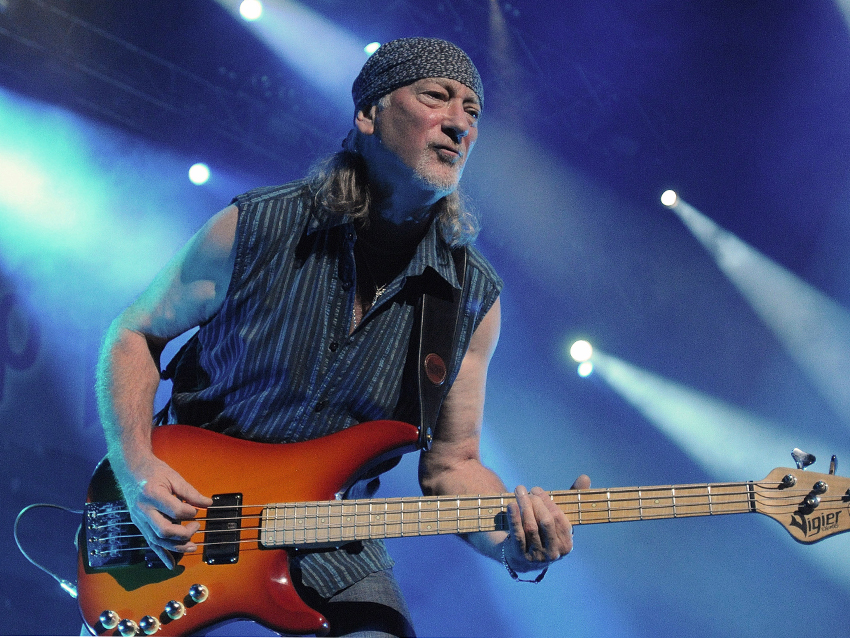
Uncommon Man
“One of my favorites. I’m a big Aaron Copeland fan, and so is Don. He started playing something like Aaron Copeland for a riff, and I joined right in. It felt very natural to both of us. We worked on it very comfortably together.
“Actually, Don is also a big fan of Jan Hammer and Mahavishu Orchestra, so we share a lot of musical influences, stuff that we’re very passionate about.
“There’s a jam in the front, and Bob is responsible for that. He heard us jamming and said, ‘That’s great. I want you to do that. Just play.’ So that’s us going for it – one take. It was kind of neat that Bob let that stand. I thought it was going to be a separate thing, but it worked for this song.
“The solo is so melodic that I wanted to use it for something else. But Bob said, ‘Let it be the one time that it happens, and let it be incredible.’”
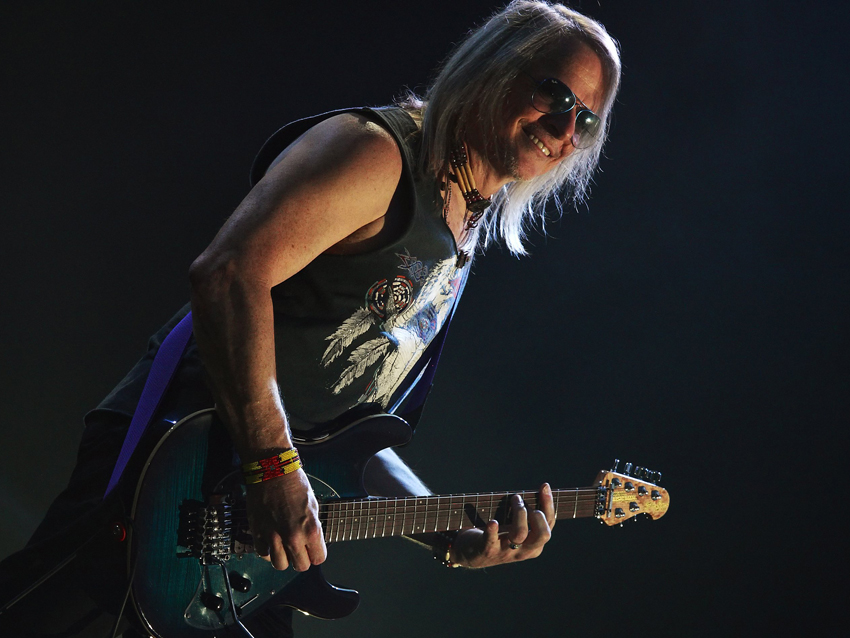
Après Vu
“There’s some nice phrases in this song. It started as an instrumental jam in Germany. The beginning, again, is some common ground between me and Don – Argent, Genesis and even Deep Purple. We love stuff where the guitar and organ work together.
“The riff is something that we collaborated on, another great example of everybody working together where nothing was brought in, but we started working and made it happen.
“There’s some cool guitar and keyboard trade-offs. Bob encouraged us to do this, saying, ‘OK, guys, take your time. Let it happen.’ When we were doing the arrangement, he would stand with us, sort of in a circle, and conduct us. Don would do a string theme or a quote from one of his classical influences, and I would respond to it. It’s a push-pull thing that we do live.
“There was a pretty intense unison line that we had worked up for the end. Don and I thought it was great, but Ian and Bob thought it was corny. [Laughs] Hey, that’s life.”
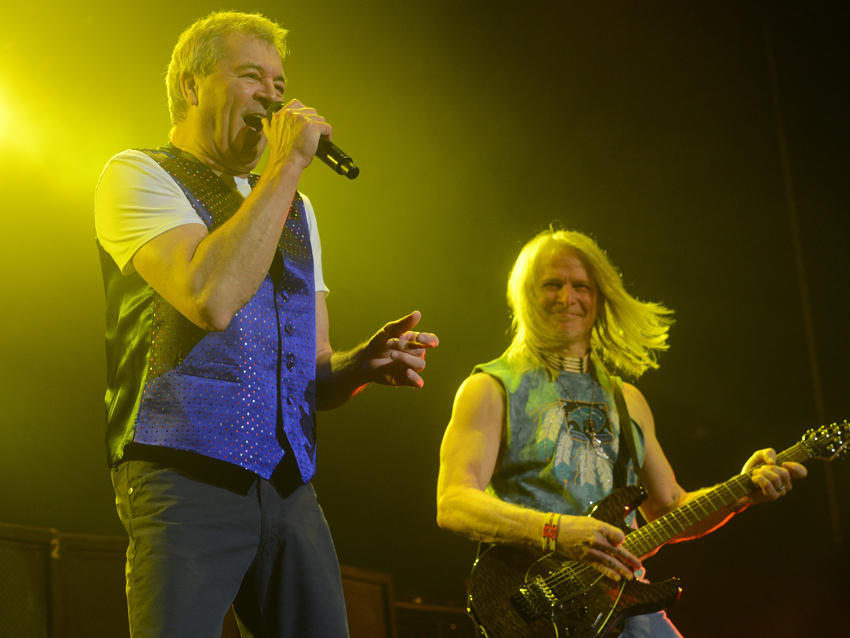
All The Time In The World
“Don and Ian Paice can go to whatever feel you want – Roger, too – so that makes it easy for everybody to fall in and jam. I’m always surprised by the lyric ideas that come up with; they never happen until we’re done with the music.
“Roger tells a funny story about a time when he and Ian were working on lyrics while Bob was in the room. They were in the studio control room, with Roger and Ian together at one side of the room and Bob was sitting all the way at the other end. Bob had his face in a magazine, but I guess he heard what they were saying, and without even looking up he said, ‘I’m not liking this!’ [laughs] It does save a lot of trouble, though.
“Soloing on this song was great. It’s so easy to play over these guys’ rhythm. I have to say, I really enjoy the guitar playing part of my job.”

Vincent Price
“The song is compact and funky. I like the way it opens up with Don doing this great horror movie keyboard part. Actually, he used to play for silent movies, so he knows that stuff backwards and forwards.
“The riff sparked the lyrical content of the song and the title. Ian always likes to spice things up and get light when he can, so he went in that direction. He’s the guy who doesn’t try to be ‘heavy metal.’ The riff is straight-ahead heavy, so that’s covered.
“The solo is pretty straight-up until the end, where I harmonize the arpeggiations with a simple little part. It was just feeling a bit simple, so I spiced it up. It sort of slipped from being a solo into more of a melodic line. What sounds like a Theremin is actually a steel guitar. Bob lives in Nashville, so he had a friend of his come in and put that on."
Joe is a freelance journalist who has, over the past few decades, interviewed hundreds of guitarists for Guitar World, Guitar Player, MusicRadar and Classic Rock. He is also a former editor of Guitar World, contributing writer for Guitar Aficionado and VP of A&R for Island Records. He’s an enthusiastic guitarist, but he’s nowhere near the likes of the people he interviews. Surprisingly, his skills are more suited to the drums. If you need a drummer for your Beatles tribute band, look him up.
